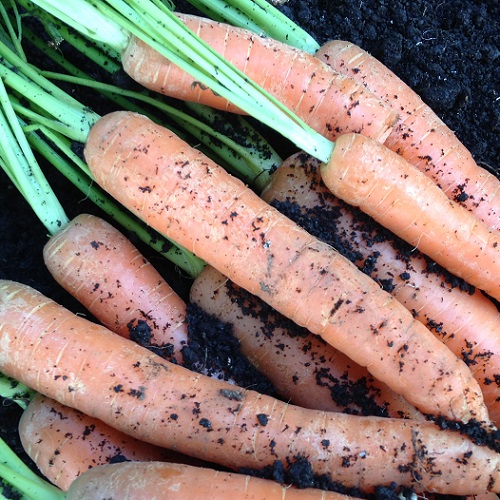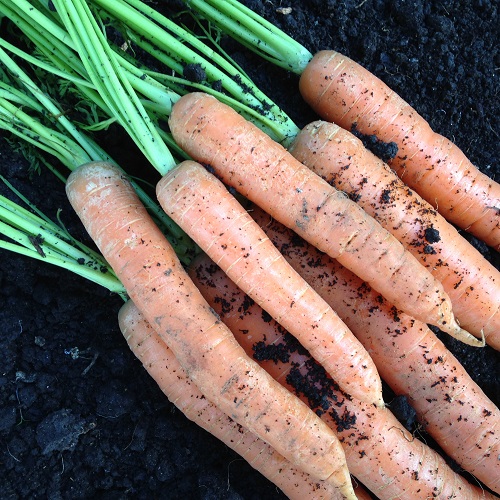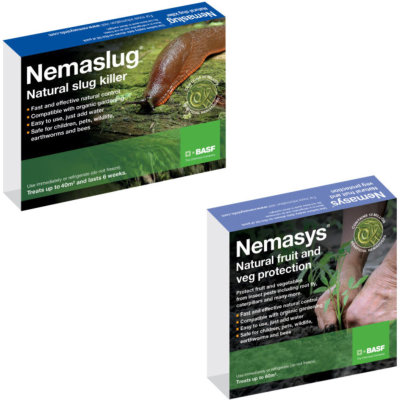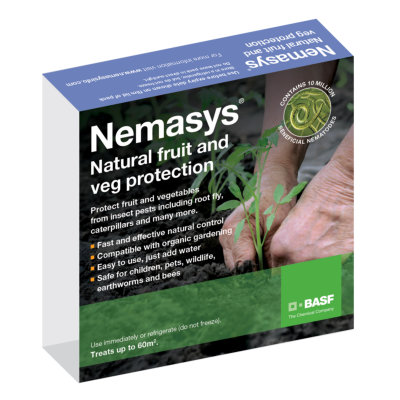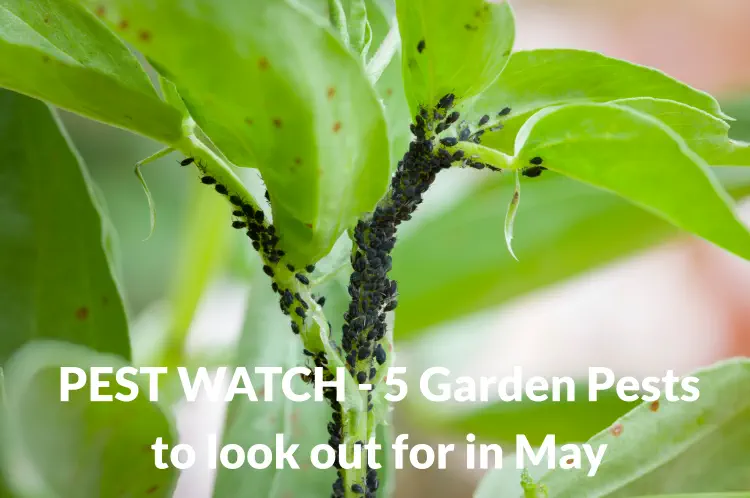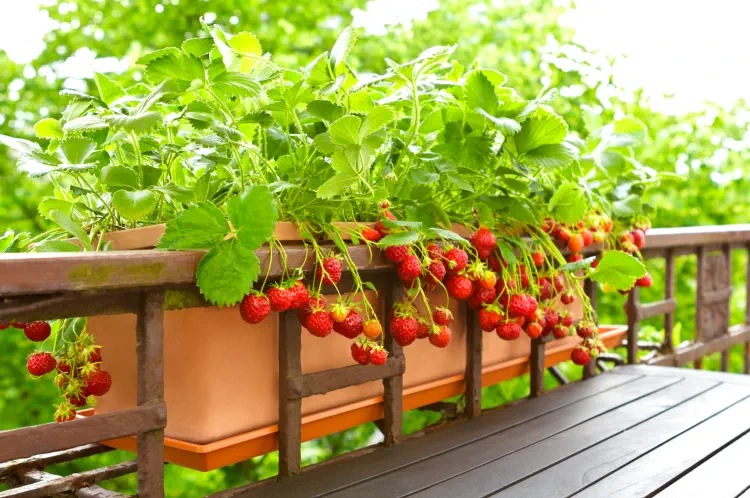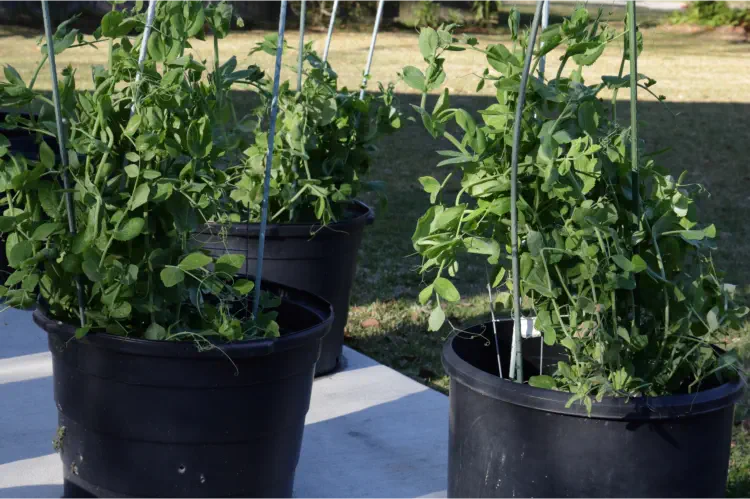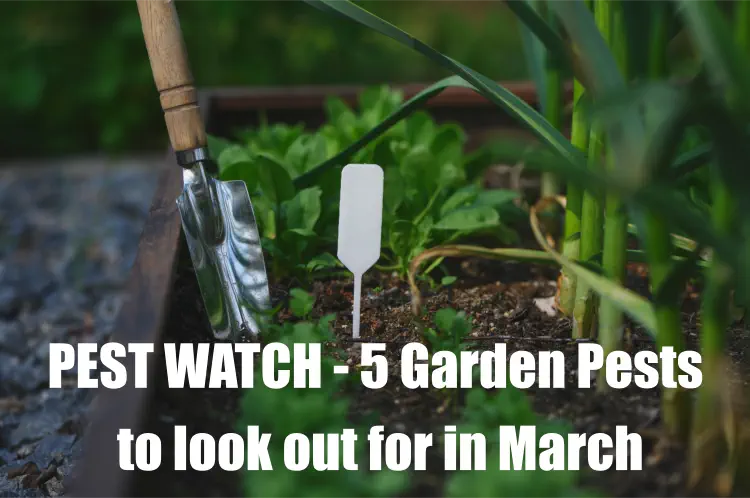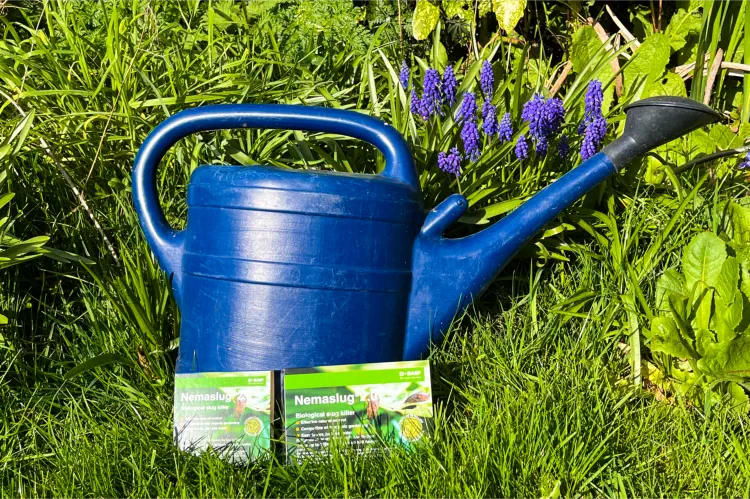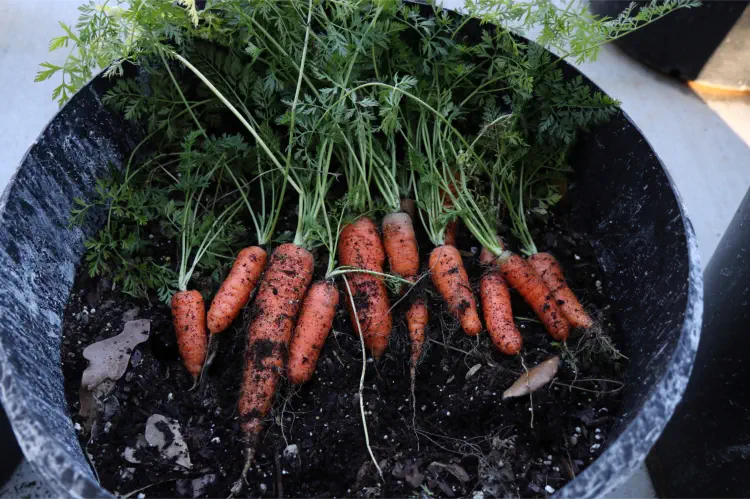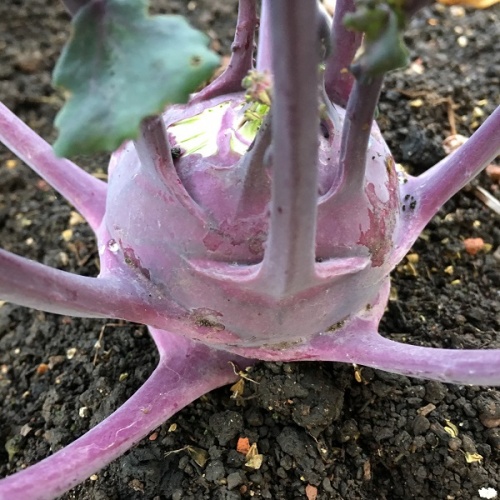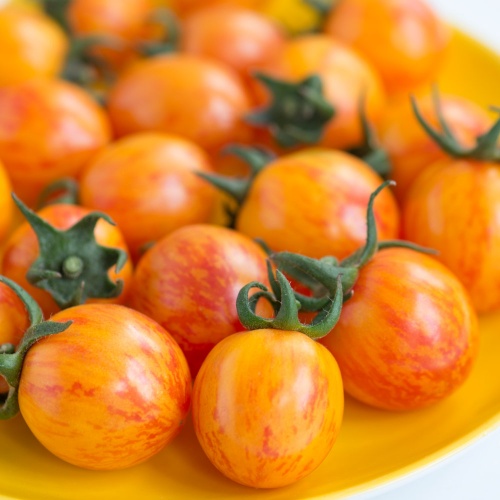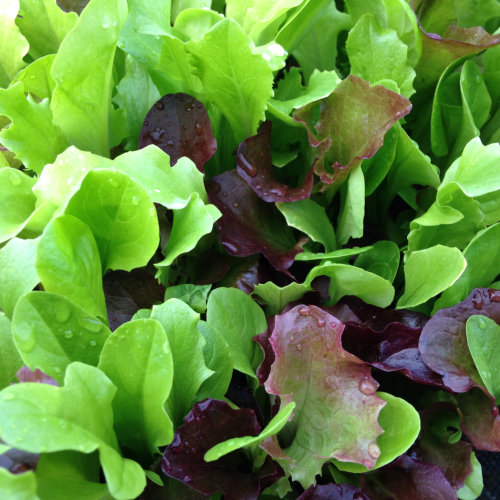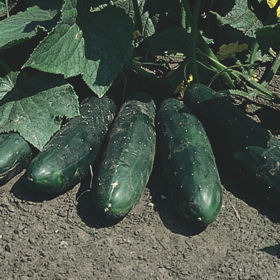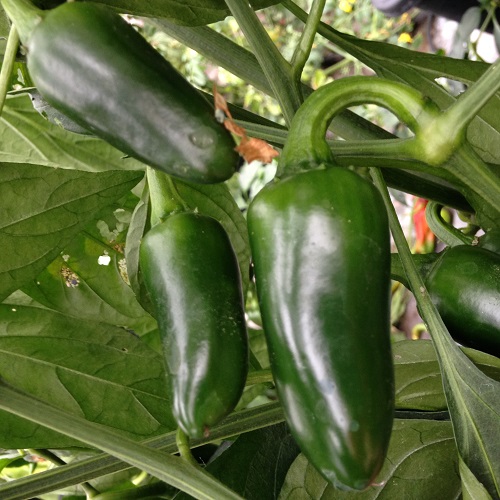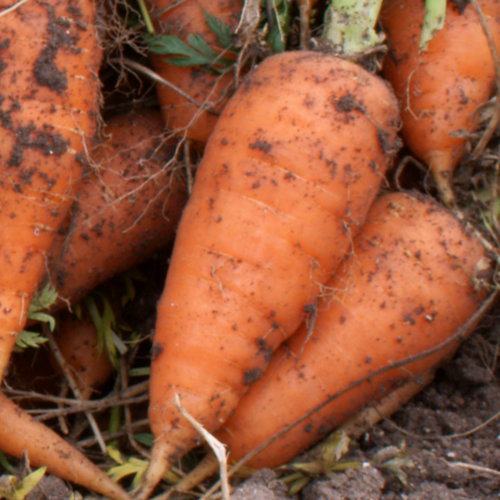As spring unfolds and the garden bursts into life, May heralds a time of vibrant growth and abundant blooms. However, amidst the verdant splendor, gardeners must remain vigilant against the resurgence of common pests eager to feast on tender foliage and burgeoning crops.
Avoiding Carrot Root Fly Problems.
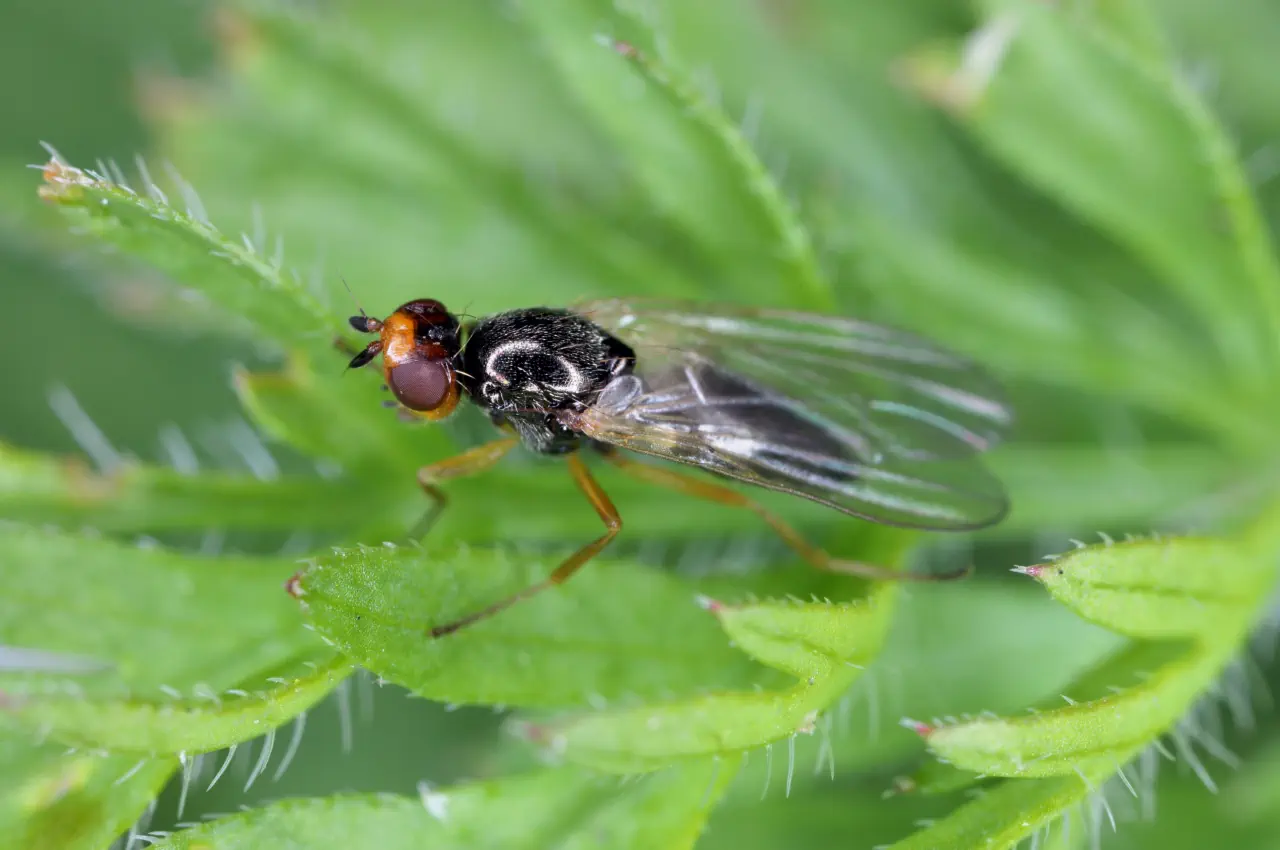
Carrots are one of the most popular and versatile vegetables to be grown in UK gardens and allotments. These vegetables are crunchy, tasty, nutritious and are an important source of vitamins and antioxidants. Carrots can be eaten raw in salads and are often boiled, steamed or roasted and then served up with main meals. They can be served grated, sliced, diced or mashed and are delicious whichever way you prefer them. They are also a favourite addition to soups and stews, pies and pasties, mixed with other vegetables such as swede or served as a side dish with just about every type of roast.
There is something almost magical about lifting mature carrots from the ground in the autumn, whether it’s because of their length, their colour or their shape, it’s just a very satisfying feeling. The fern-like green carrot tops can also be eaten, so there is often very little waste, which makes the humble carrot an obvious choice for any vegetable patch. Fresh, home-grown carrots are far superior to any shop bought carrots and they are much tastier than any pre-packed frozen carrots too. However, like many other vegetables, carrots can succumb to specific pests, with the main one being carrot root fly.
What is carrot root fly?
The carrot root fly is a harmful pest, which can affect seedlings and young growing carrots. It can be a major problem in the vegetable garden and allotment, causing serious, irreversible, damage to carrots and several other related vegetables. A major infestation can render the vegetables totally useless, so it’s important to be aware of the potential risks and to prepare accordingly. It takes around 12-16 weeks for carrots to grow from seed to maturity, which can be a long time to wait for a vegetable you might not be able to eat, and which is all the more reason to be vigilant.
The carrot root fly is a small black fly that lays its eggs on the soil surface, close to young growing carrots. Carrots give off quite a strong aroma, which is how the carrot fly is able to home in on the host plants. Once the eggs hatch, the emerging creamy white maggots will begin to make their way down into the soil and begin feeding on the carrot root hairs. Eventually the grubs will begin to burrow into the flesh of the carrot, which causes the leaves to wilt and turn yellow in colour. There could be several generations of carrot fly, all feeding on the same batch of carrots.
How to avoid carrot root fly attacks
There are several measures you can take to help prevent an attack of carrot root fly, most of which includes:
- Sowing seeds later. Sowing seeds from June onwards will often help in reducing the risk of a possible early attack from the first generation of carrot fly pests.
- Rotating crops. Carrot fly larvae can overwinter in the soil, so it’s always a good idea to grow carrots in a different area of the garden or allotment every year.
- Avoid growing susceptible crops nearby. Parsnips and celery are also favourites of the carrot root fly, so best keep them well away from your carrots.
- Grow alongside companion plants. Onions, cloves and garlic, for example, will help conceal the smell of carrots, which is what attracts the adult female carrot flies initially.
- Cover seeds with fleece. Placing horticultural fleece over the seed beds and seedlings can help deter the adult flies. The fleece will need to be supported as the plants grow.
- Grow under cover. Cloches and polytunnels can offer some protection for early sowings of carrots and parsnips. If the adult flies can’t reach the soil then they can’t lay their eggs.
- Avoid thinning out plants. It’s always best to sow seeds thinly so that you don’t have to thin out later. The overwhelming smell of freshly pulled young seedlings will certainly attract carrot flies.
- Choose resistant varieties. The best way to avoid problems with carrot root fly altogether, is to grow F1 hybrids, which have been specially bred to tolerate carrot fly pests.
Why choose carrot root fly resistant seeds?
Prevention is always better than cure and if your carrot tops are wilting, it might already be far too late to save the plants, so it’s better to lift and then discard them. Having to lift and throw away mature carrots is a major setback and is not what any gardener would want, so luckily there is a tried and tested solution. Traditional varieties of carrots will always be susceptible to attack by the carrot root fly, which is why new F1 hybrid varieties have been developed. Two of the most popular of these F1 hybrids are “Resistafly” and “Flyaway”, which are both classed as “Nantes” types.
A Nantes type carrot is generally described as having a stump at the end rather than a point. They are small to medium in size, growing up to 20cms in length and have a mild, sweet taste. Carrot fly resistant seeds do not offer 100% protection against an attack but provide a high level of tolerance by appearing unattractive to the fly. Also, the maggots don’t tend to grow very well when feeding on resistant varieties, many of them dying before growing to adults. Growing carrots from resistant seeds also means you can confidently sow seeds early, for an earlier harvest.
Flyaway has good tolerance of Carrot Root Fly.....
Av. Packet Contents : 500 seeds
Resistafly is a hybrid nantes type with good tolerance of Carrot.....
Av. Packet Contents : 500 seeds
Effective control of carrot root fly
There is no safe or effective chemical control method for carrot root fly and it’s always best to avoid the use of any pesticides on food crops. If your crop is affected then simply pull them and discard. The most popular control methods include those previously mentioned in avoiding attacks. The only truly effective method of control is prevention using resistant seeds or by incorporating a biological control method, such as nematodes. Nematodes are tiny parasitic insects that will hunt down the carrot fly larvae and feed on them.
The most popular and highly effective nematodes treatment is offered by the “Nemasys” brand. The Natural Fruit and Veg Protection is an all-in-one control method. Simply mix with water and apply to the base of young seedlings as they emerge. Further treatments are recommended at 2 week intervals. Nemasys Natural Fruit and Veg Protection will also control other pests such as cabbage root fly, leatherjackets and cutworms, onion fly and caterpillars plus codling moth and sap sucking thrips, amongst others.
Other plants affected by carrot root fly
The carrot root fly will also attack other vegetables, which are related to carrots, such as parsnips, parsley, celery and celeriac, and therefore these plants should not be grown in close proximity to carrots or to each other. Nemasys Natural Fruit and Veg Protection can also be applied successfully to these related plants. Other members of the Apiaceae (formerly Umbelliferae) family, better known as the carrot family, will also play host to carrot root fly. These include a number of wild and ornamental flowering plants.
Ground elder, cow parsley, hemlock and fennel are a few of the more well-known species, together with hogweed, sea holly and shepherd’s needles. Many ornamental plants and some more common “weeds” can attract a variety of pests, which might eventually find their way to the vegetable garden, and for this reason it’s always a good idea to keep the veg patch well away from ornamentals, unless growing companion plants. Weeding regularly can also prevent many pests from taking up residence.
Recommended carrot fly resistant seeds
There are several “carrot fly resistant” seeds available and according to Gardening Which, (https://gardening.which.co.uk/hc/en-gb/articles/115001802005-Carrot-fly) “Fly Away” was outstanding and is quite sweet and was also good eaten raw. “Resistafly” is also resistant and is best eaten raw when it’s sweet and tender.” Flyaway is one of the most popular carrot fly resistant varieties of F1 hybrid carrots, especially with amateur gardeners. It is easy to grow and has a smooth skin, also a nice orange colour and exceptional flavour. Seeds can be sown at 3 week intervals for a succession of crops.
Resistafly, another specially developed F1 hybrid, produces top quality carrots, which are smooth, have a nice colour and taste delicious, especially when picked early and eaten raw. They provide a good tolerance of carrot root fly, and any developing larvae are unlikely to grow to adulthood when feeding on them. Both varieties are highly recommended and will produce good results. Carrot fly resistant seeds can save a lot of additional time and effort in trying to protect young plants, and offer a better chance of producing top quality, fresh carrots.

